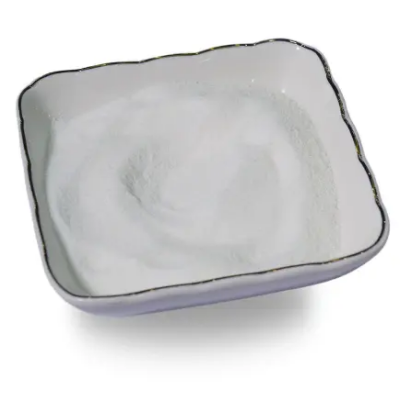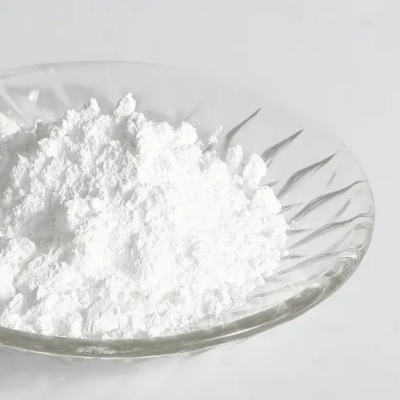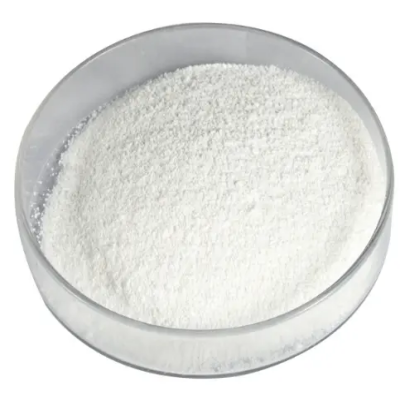1,3-Difluoroacetone CAS:453-14-5
1,3-Difluoroacetone (DFA) is a versatile compound with unique chemical properties that make it valuable in various industrial applications. Properties 1,3-Difluoroacetone is characterized by its molecular structure, which includes a ketone group (-C(=O)-) substituted with two fluorine atoms. This structural feature imparts notable reactivity and stability to the compound, influencing its applications in organic synthesis and chemical reactions. DFA typically exists as a volatile liquid with a boiling point around 80°C and exhibits moderate solubility in polar solvents like water and acetone. Its chemical stability under mild conditions makes it suitable for use as a building block in the synthesis of complex organic molecules. Uses Organic Synthesis: One of the primary applications of 1,3-difluoroacetone lies in organic synthesis, where it serves as a key intermediate or precursor. Its reactive ketone group allows for the introduction of fluorine atoms into organic molecules, facilitating the synthesis of pharmaceuticals, agrochemicals, and specialty chemicals with desired fluorinated functionalities. Chemical Reagent: DFA is utilized as a chemical reagent in various laboratory and industrial processes, including the modification of biomolecules and the production of fluorinated compounds. Its ability to undergo nucleophilic substitution and condensation reactions broadens its utility in diverse chemical transformations. Materials Science: In materials science, DFA finds applications in the development of specialty materials and coatings. Its reactivity and ability to influence surface properties make it suitable for modifying material surfaces to enhance durability, chemical resistance, and performance under specific environmental conditions. Synthesis 1,3-Difluoroacetone can be synthesized by fluorinating acetone under controlled conditions using fluorinating agents such as hydrogen fluoride (HF) or elemental fluorine (F2). The fluorination process replaces hydrogen atoms in acetone with fluorine atoms, yielding 1,3-difluoroacetone as the main product. Purification methods typically involve distillation or solvent extraction to obtain DFA in high purity suitable for industrial and laboratory applications. In summary, 1,3-difluoroacetone is a versatile compound with significant applications in organic synthesis, chemical reactivity, and materials science. Its unique properties as a fluorinated ketone enable diverse functionalities, supporting advancements in various industrial sectors and contributing to the development of specialized chemicals and materials.



| Composition | C3H4F2O |
| Assay | 99% |
| Appearance | white powder |
| CAS No. | 453-14-5 |
| Packing | Small and bulk |
| Shelf Life | 2 years |
| Storage | Store in cool and dry area |
| Certification | ISO. |









